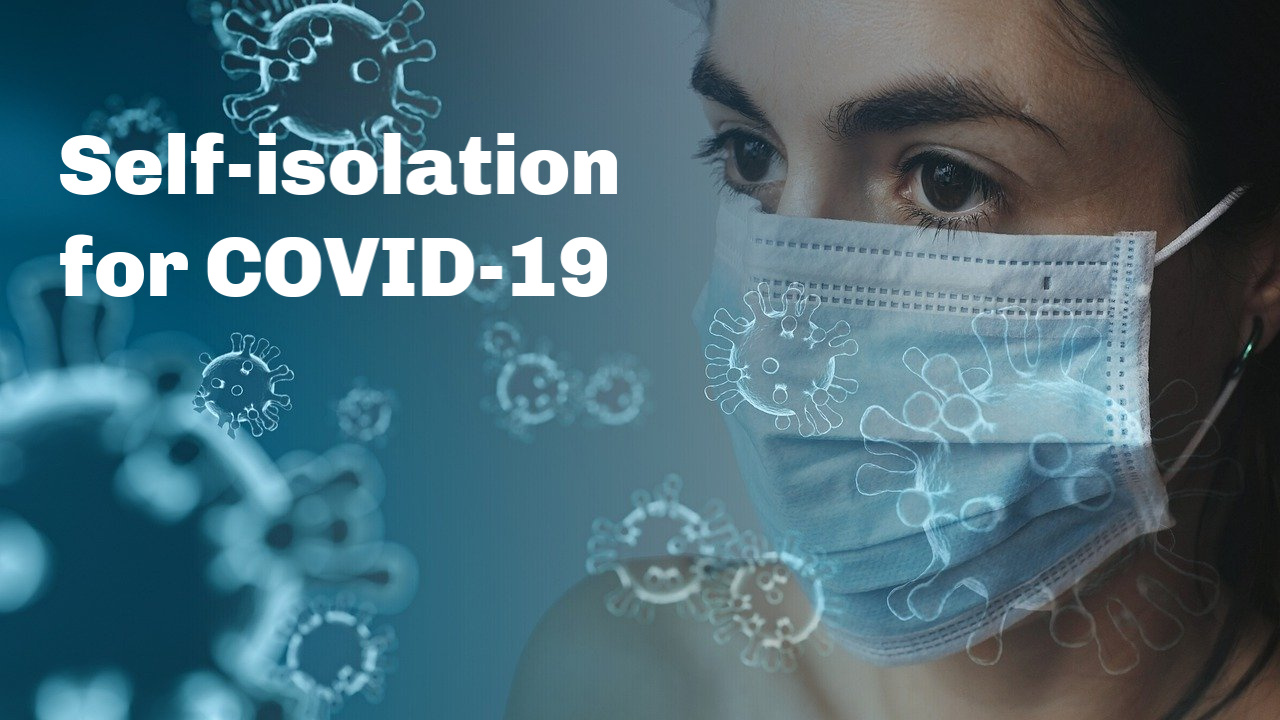
If you have any staff, children or children's parents/guardians who have been instructed to self-isolate, it's important that they understand what this means.
The purpose of self-isolation is to protect the rest of the community from the potential spread of the Coronavirus, so it's not just a matter of staying away from the early learning centre - people who are self-isolating are also required to stay away from other public areas too, including the gym, the supermarket, etc.
The information below is an extract of the information from the Australian Government's Health Direct Coronavirus guidance webpage.
What is ‘isolation’ or ‘self-isolation’?
Isolation or self-isolation is when you remain in your home or accommodation and avoid contact with other people.
Most people who need to self-isolate will probably be advised to do so for 14 days.
How do I self-isolate?
During isolation, you must stay at home or in your accommodation for 14 days. Don’t go to public places or places where you might have contact with other people, such as work, school, childcare, university, the gym or public gatherings.
Only people who usually live with you should be in the same home. Avoid seeing visitors. If you are in another form of accommodation, such as a hotel, avoid contact with other guests or staff.
When travelling home or to your accommodation to start isolation, use personal transport, such as a car, if you can. This will minimise your exposure to others.
If you have returned from overseas, but have no symptoms, then everyone else in your household should practice social distancing.
When in isolation, monitor yourself for symptoms including fever, cough or shortness of breath. Other early symptoms include chills, body aches, sore throat, runny nose and muscle pain.
If you become unwell, all other members of your household must self-isolate.
Use the Symptom Checker here to find out what to do next.
If I'm self-isolating while waiting for my test results, then receive a negative result, should I continue to self-isolate for 14 days?
Even if your symptoms are mild or you have a negative test, you may need to self-isolate until your symptoms have gone because the symptoms may be due to another respiratory infection.
If you’re not sure what to do, ask your doctor or healthcare provider about how long you need to keep self-isolating. You can return to normal activities on the advice of the public health authority, but you'll still need to keep practising physical distancing.
If you don't have symptoms and were tested as part of the recent enhanced testing efforts, you don't need to stay at home until your test result is returned. But if you subsequently receive a positive test result, you must then isolate until you're told it's OK to stop self-isolating.
If you've had contact with someone who is a confirmed or probable case of COVID-19, continue to monitor your health for up to 14 days. If you have any new or returning symptoms, call your doctor as you may need to be tested again.
For more information on self-isolation, visit the Australian Government's Health Direct website here.
Click here to return to the Coronavirus Guidance Homepage.







